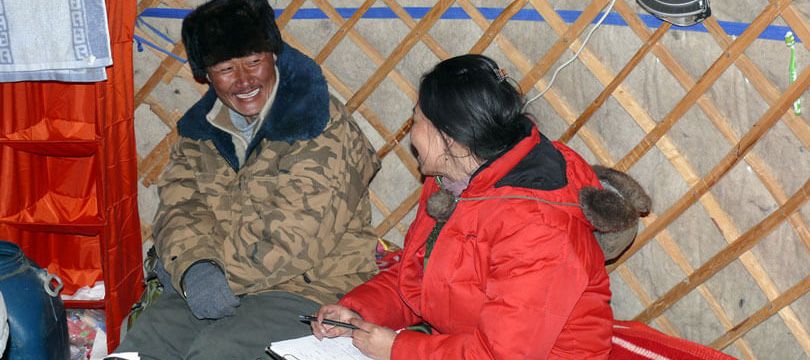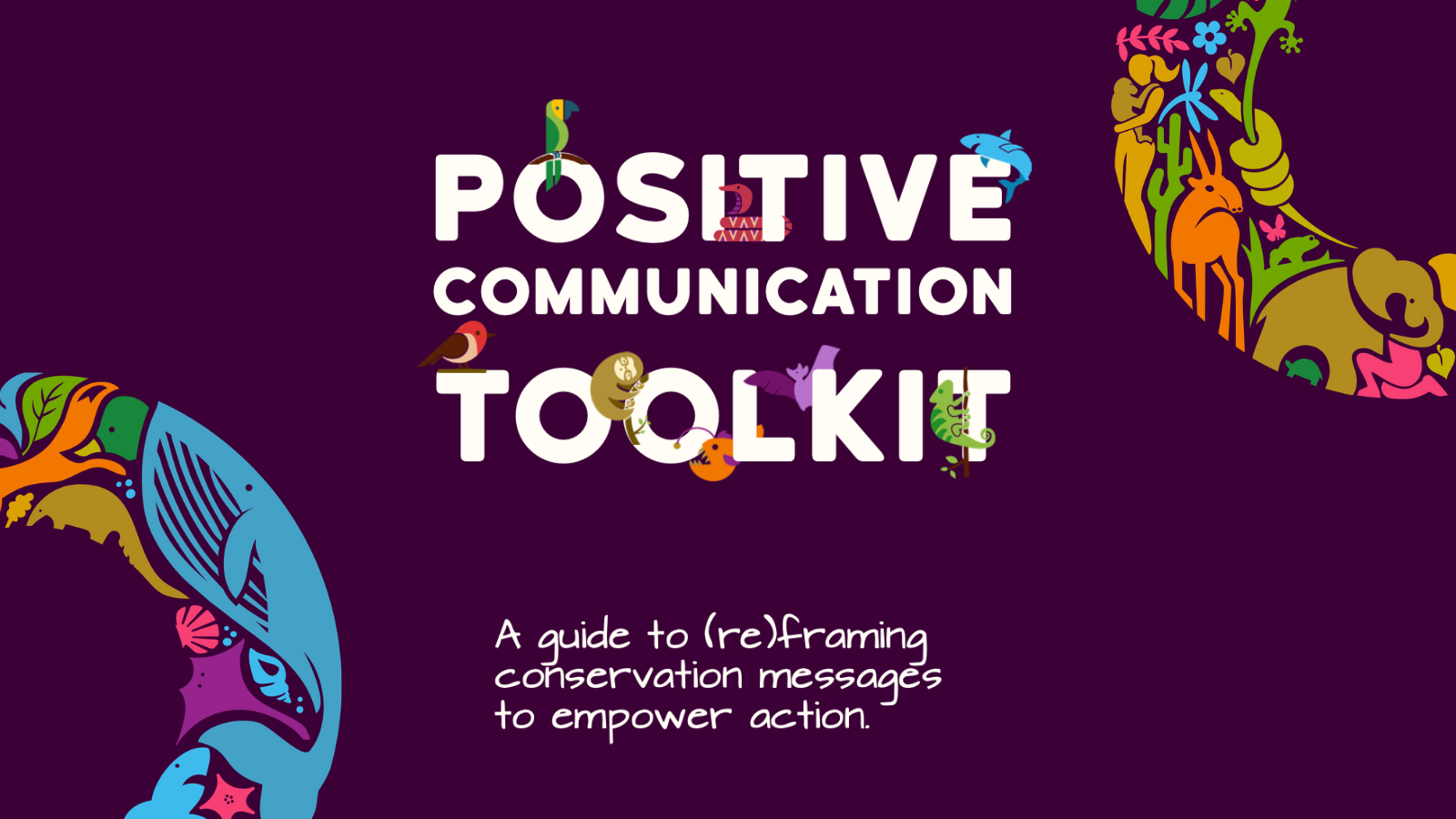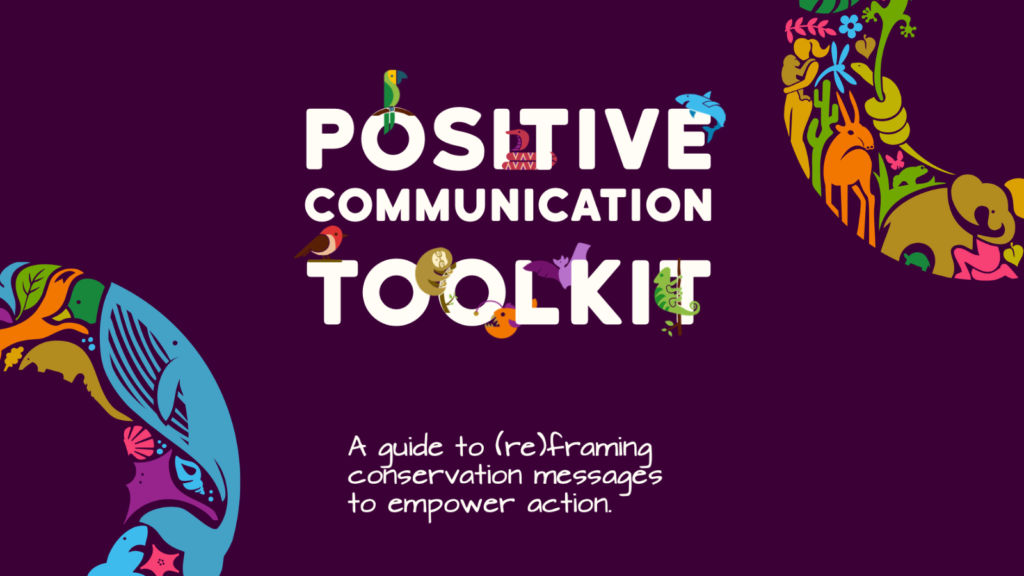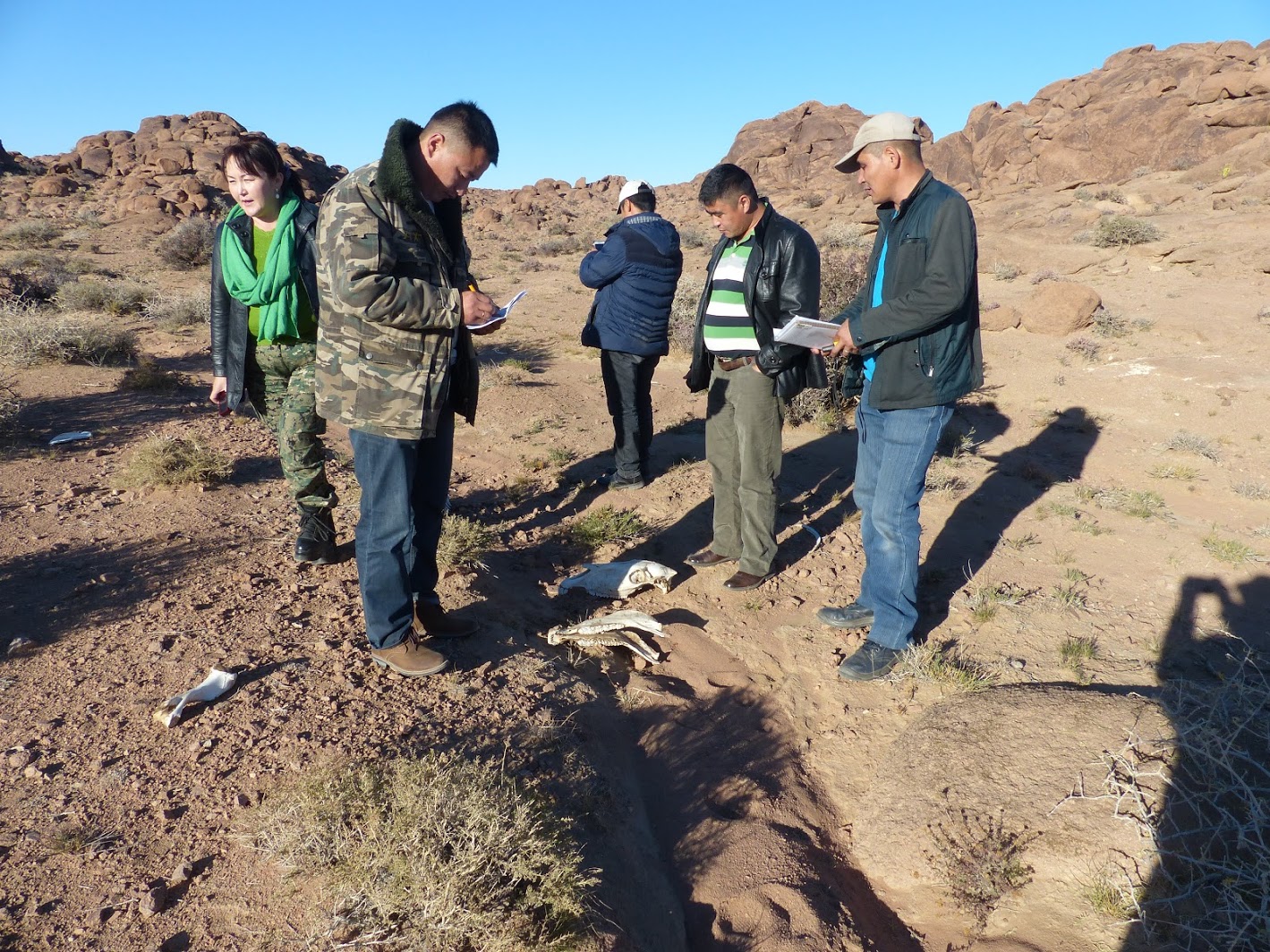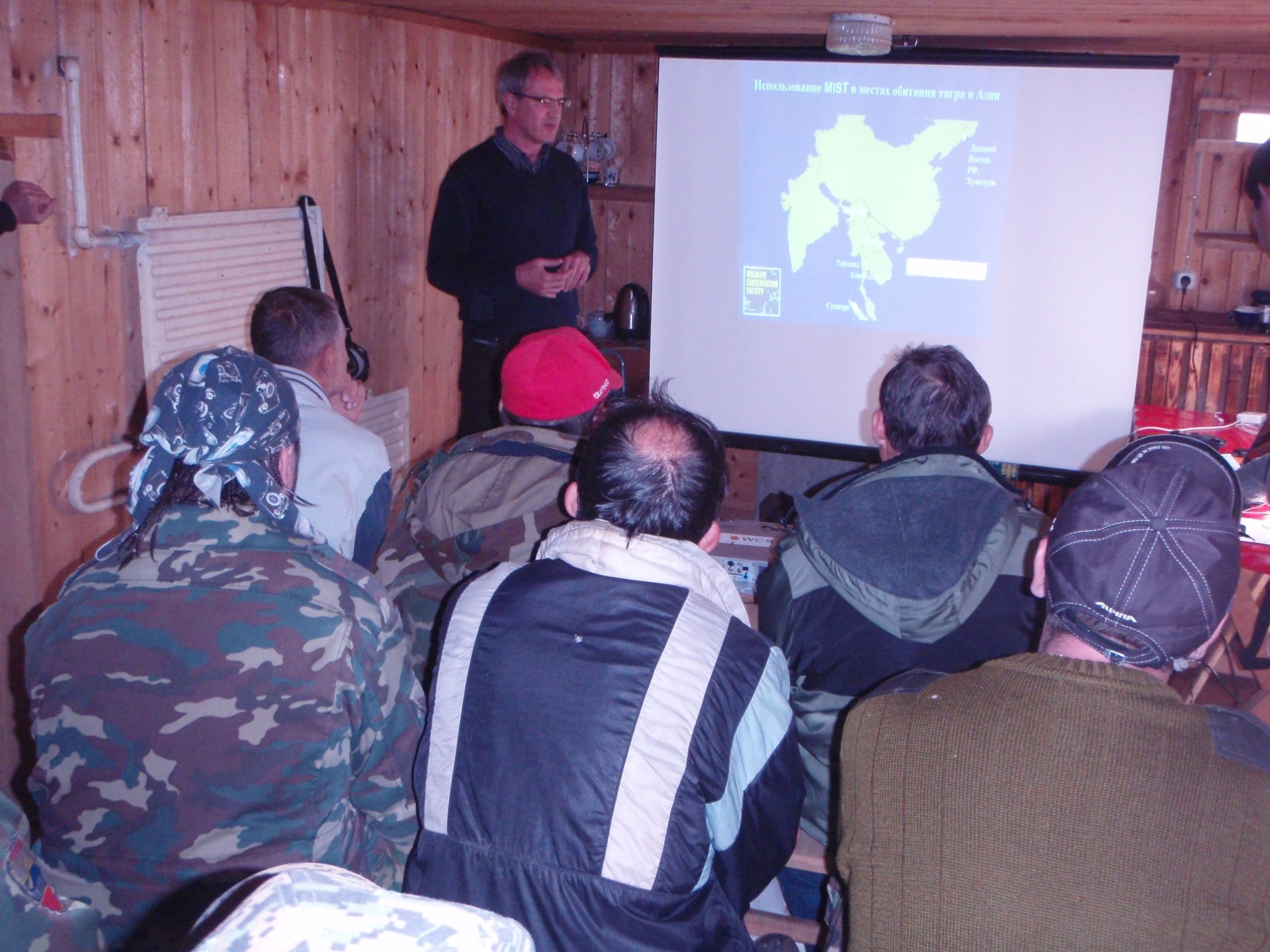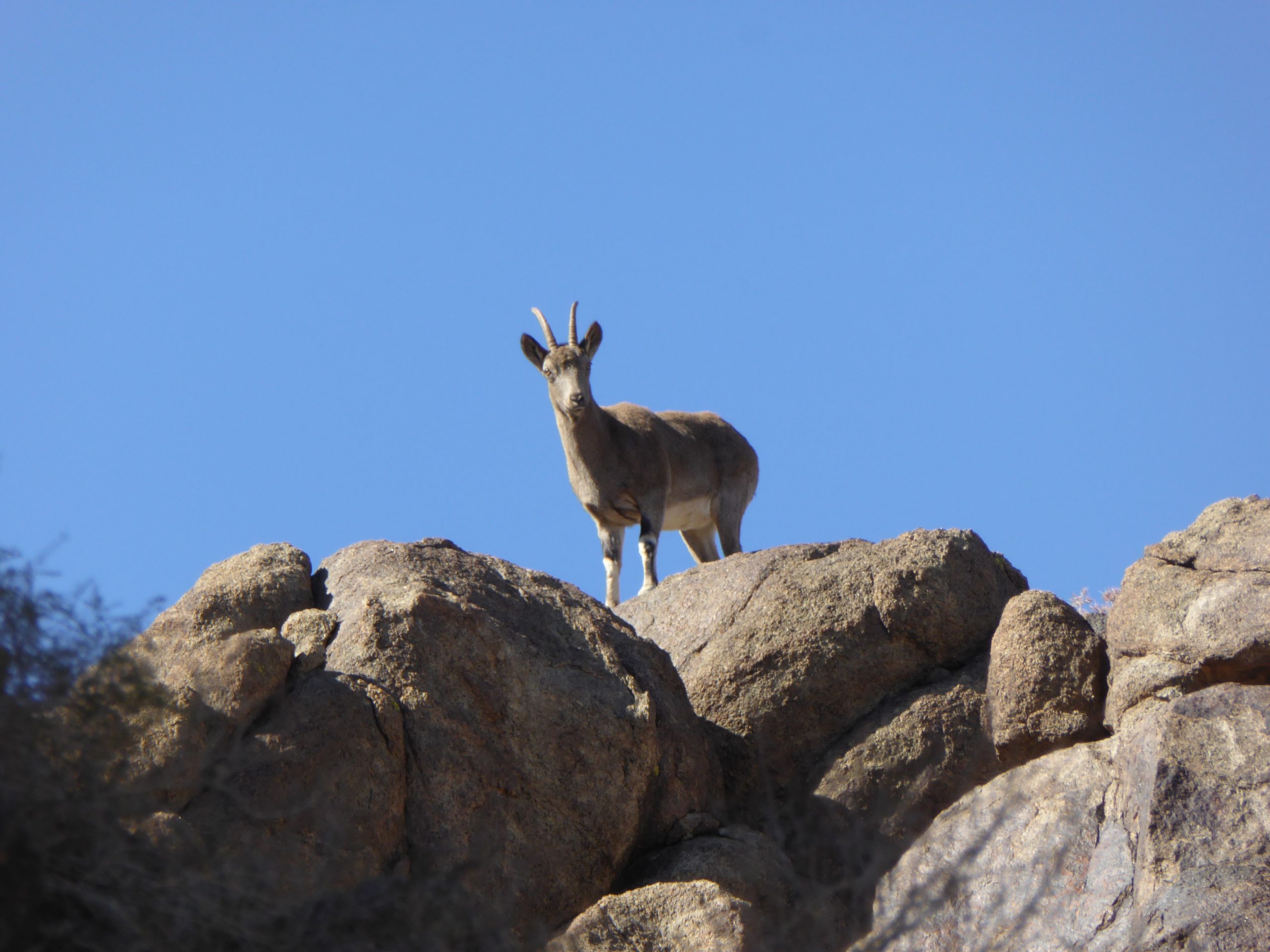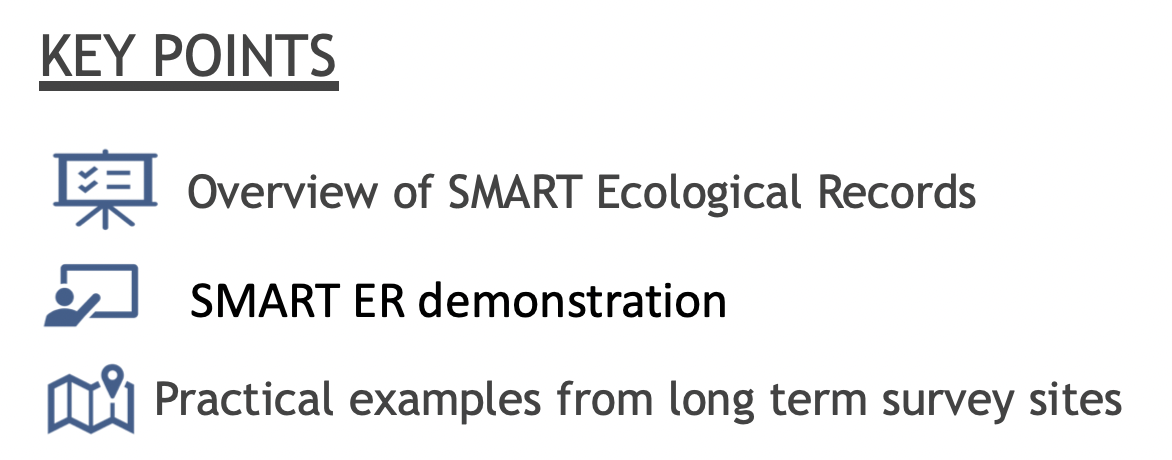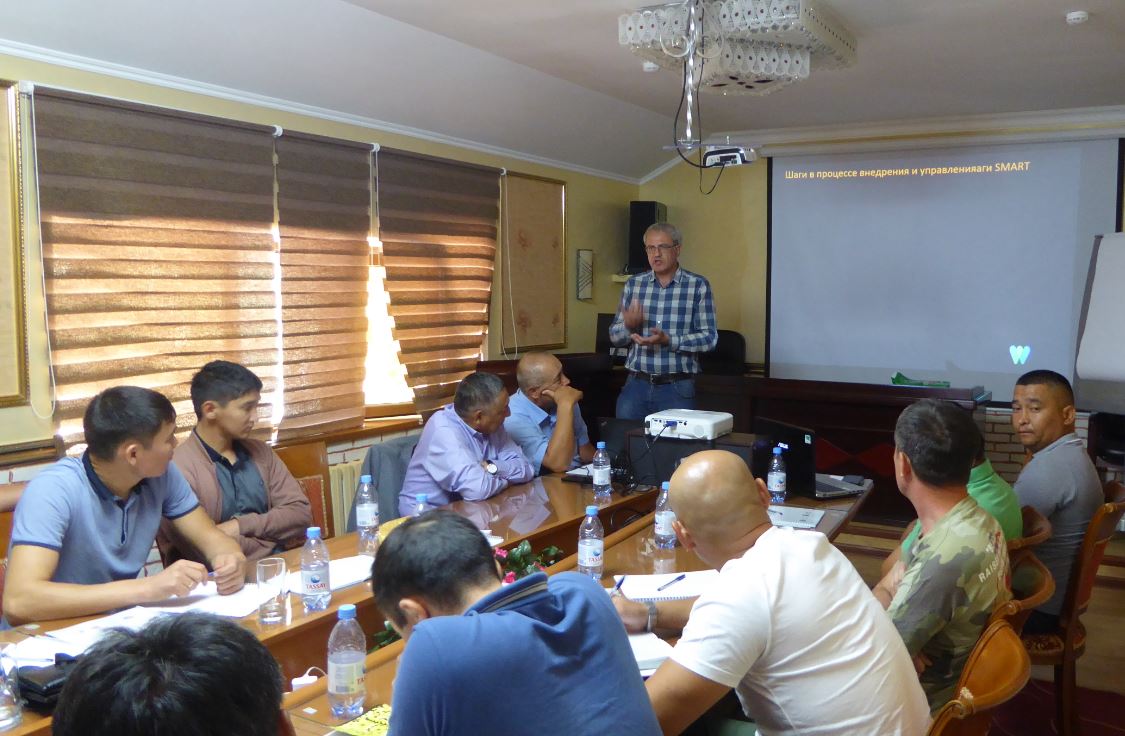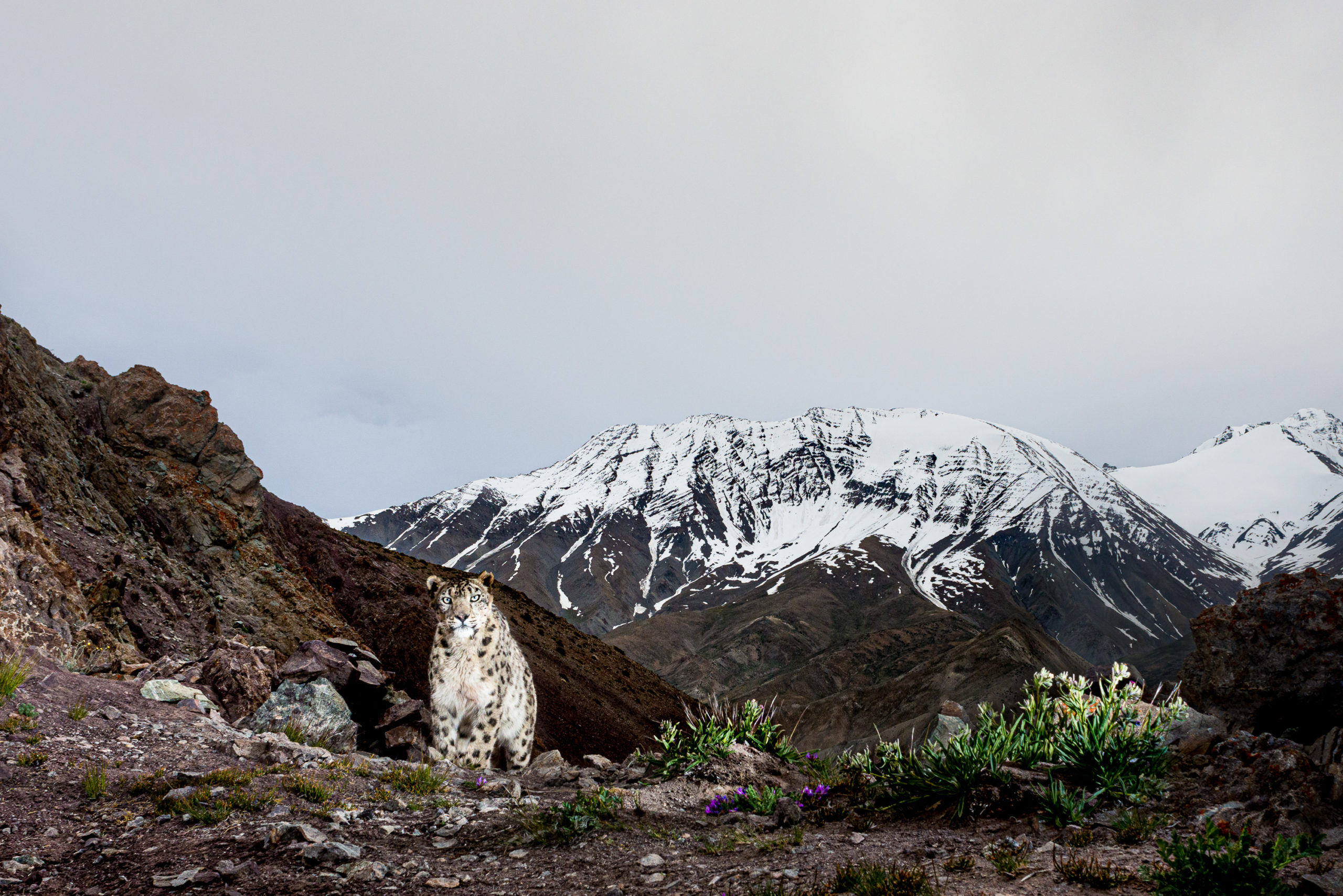About the module
Monitoring and Evaluation is a critical part of community conservation programs. It is necessary to identify and address any implementation challenges. It can also ensure that conservation programs are improved as required in response to changing threats and opportunities at the local level.
This module will focus on introducing participants to participatory approaches in monitoring and evaluation of community conservation programs. It will cover core terms, principles and approaches to M&E that are important foundations of conservation program planning and implementation. How can M&E be incorporated into conservation programs in a way that supports community ownership and engagement?
We will draw on a set of principles and guidelines for community-based conservation, called the ‘PARTNERS principles’, which have been developed based on the extensive experience of snow leopard conservation practitioners. The team will showcase participatory techniques for M&E from snow leopard and wider landscapes across the world. These sessions will build on Module 3 and Module 7 offered in 2020. An optional session will include a “workshop” style approach where the team works through planning a monitoring or evaluation method for real world examples from the snow leopard range.
This module is offered thanks to the partnership with France’s National Research Institute for Agriculture, Food and Environment and the Snow Leopard Trust.
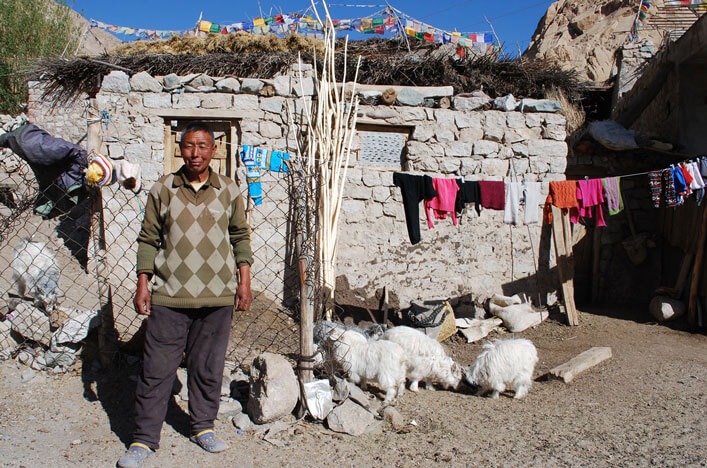
Dates/time of module
- Wednesdays May 5th, 12th, 19th 2021
- 14:00-16:00 Bishkek time
Module Outline
- Session 1: Introduction to Monitoring and Evaluation
- Session 2: Community Conservation & Monitoring
- Session 3: Participatory Approaches to Evaluation
Meet the Resource Team
Ajay Bijoor supports conservation efforts in the regions of Ladakh and Spiti valley in India. Over the last eight years, he has worked on setting up, running and monitoring community-conservation efforts in these regions. This effort aims at trying to create conditions conducive for conservation. More recently he has also been facilitating the process of building capacity for community-based conservation in snow leopard range countries.
James Butler is currently running a program entitled ‘Knowledge brokering for Pacific climate futures’, which is designing participatory approaches to encourage the emergence of knowledge brokers, and then mechanisms to support them. Previously James has worked in resource conflict situations in Indonesia, Papua New Guinea, Zimbabwe and Scotland.
Juliette Young is a senior researcher at INRAE (France’s National Research Institute for Agriculture, Food and Environment) where she studies the human dimensions of biodiversity conservation. Much of her work focuses on the role of different actors, especially decision-makers and local communities, in the sustainable use and conservation of biodiversity. She has been working with the Snow Leopard Trust since 2016 on training in community-based conservation.
Justine Shanti Alexander is the Executive Director of the Snow Leopard Network. She provides support to the evaluation of the efficiency and effectiveness of community conservation initiatives to partners across the snow leopard range. Justine also acts as the Regional Ecologist for the Snow Leopard Trust and supports research and conservation work across China, Mongolia, Pakistan, India and Pakistan.
Criteria for participation
- Snow Leopard Network Member
- Confirmed availability to attend all the four online seminars of a given module
- Number of participants is limited to 25
Planned Schedule
- 2 hour online Zoom Seminars take place Wednesdays of the month, May 2021 at 14:00 Bishkek, Kyrgyzstan time.
- Additional group work, assignments or readings are likely to be organized by the trainers
- Please note we expect all participants to attend the complete set of Wednesday Seminars as they are interconnected and build on each other
- Details of each specific Seminar topic will be shared approximately 5 days beforehand; including any expected preparations by participants.
- Please note that all sessions are recorded and then made available online through the SLN youtube channel. By participating in these online sessions you automatically agree to authorise recording of audio and visual content presented during the live event and consent to subsequent use of the recording in the public domain by SLN. If you have any concerns please contact us.
Deadline for Applications
- April 25th, 2021. Please note places are limited so please do
not delay in applying. - Applications Closed

